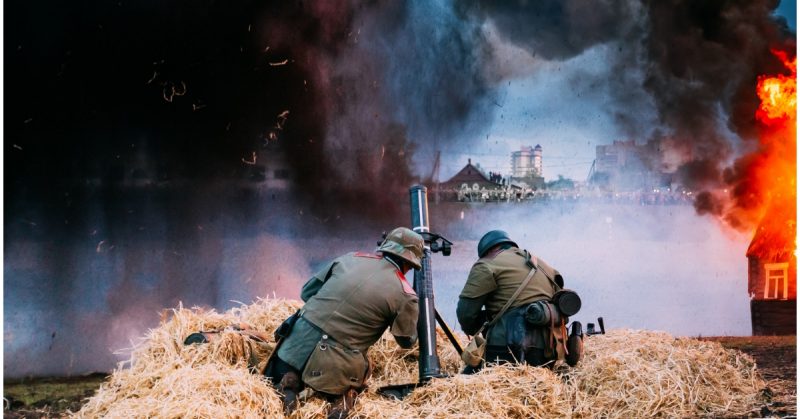During the dying days of the Second World War, German forces clung desperately to their last few territories. One of these was a swathe of Czechoslovakia, including the capital, Prague. Here, Field Marshal Schoerner fought on against a Soviet advance with fierce tenacity.
Advancing on Prague
Prague was of strategic importance to the Soviets. If it fell into the hands of the western Allies then Czechoslovakia would become a salient of capitalist democracy in the Communist east. At the start of May 1945, Soviet forces, which had previously swept past to the north and south, were diverted to deal with the Germans around Prague.
The German forces in Czechoslovakia were strong and had proven their brutality earlier in the war through the destruction of the village of Lidice. And so, unlike in some other parts of Europe, there was not a large uprising by resistance fighters as the Allies approached. The Czechs cautiously awaited their moment.
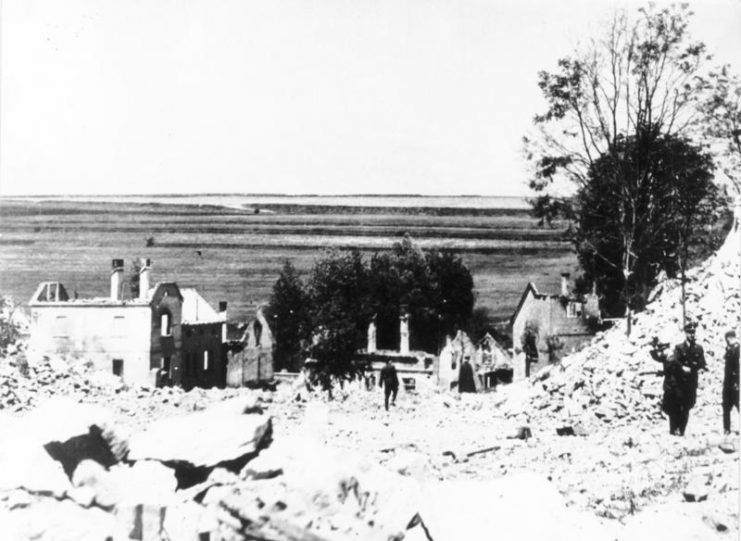
During the first few days of May, SS General Frank began a withdrawal of German troops, bureaucrats, and assorted civilians from Prague. Berlin had fallen, but still the Germans headed towards their homeland, believing that this would be safer than falling to the Soviets. Frank himself, having no orders to the contrary, remained in Prague.
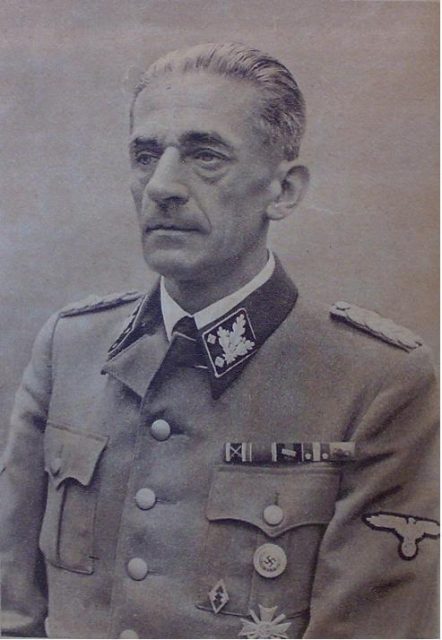
Prague was still occupied, with German troops patrolling the streets, but under cover of darkness, local rebels were at work, taking down or painting over German language signs, reclaiming their city. By the 3rd of May, this turned into more open resistance. Windows of German shops were smashed. Angry mobs were dispersed by German soldiers.
The Uprising
On the 5th of May, the Czech uprising began. Czech Radio sent out messages encouraging people to take up arms, while Czech police battled SS soldiers for control of the radio station.
Across the city, thousands of barricades were erected. The headquarters of the Gestapo and security police were seized. A National Committee took control, with the Mayor of Prague formally shifting his allegiance to this rebel group.
Across Prague, German garrisons were surrounded. Their phones, electricity, and water were cut off by the Czechs.
By the end of the 6th of May, the eastern half of the city was in Czech hands, while the west was held by the Germans. Violent excesses were carried out on both sides. The Germans, especially the SS, attacked non-combatant Czechs, while Czechs attacked both German civilians and members of the native German-speaking minority.
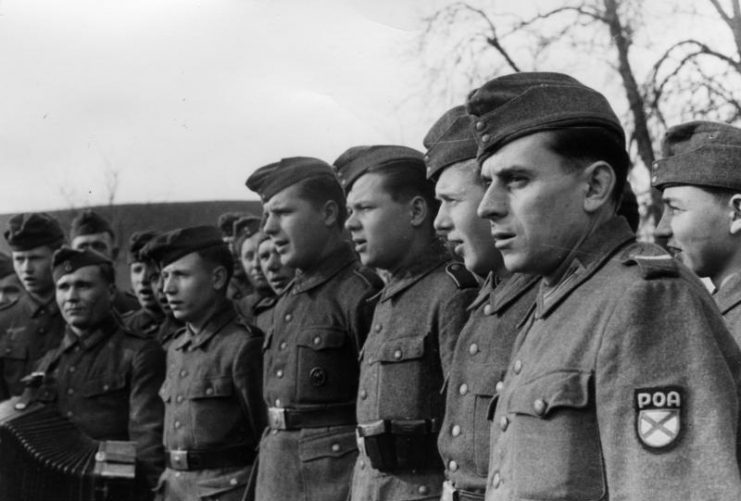
Meanwhile, General Sergei Bunyachenko led a division of the Russian Liberation Army (ROA) into Prague. These were anti-Communist fighters who had defected from the Soviet Union and fought for the Germans. Now they joined the Czech resistance in attacking their former German allies.
The Relief Column
The Germans had every reason to fear worse reprisals, given the atrocities they had committed in Czechoslovakia. And so SS General Otto Weidinger led his Der Fuhrer battlegroup towards the city, with the aim of rescuing SS forces trapped there.
The battlegroup reached Prague on the 6th of May. In the suburbs, they encountered one of the roadblocks built by the resistance. They worked late into the night clearing heaps of cobblestones so that they could get through. Reaching the Troya bridge, they came under fire and so halted until daylight.
On the 7th, the battlegroup took the Troya bridge and advanced across the river into the heart Czech-held Prague. Weidinger entered negotiations with the Czech leaders, who agreed to let him take some of the Germans out of the city. A column of 1000 lorries formed up to carry growing numbers of fleeing soldiers and support staff. They rolled out of the city, eventually reaching the relative safety of the American lines and surrender to the western Allies.
The Soviet Advance
As news of the chaos in Prague reached them, the Russians pushed up the timetable for their advance on the city. Soviet columns advanced across Czechoslovakia, shattering the remaining German formations.
Outside of Czechoslovakia, Germany signed a formal surrender on the 7th of May, to take effect the following day. But some German troops fought on, and there was a risk that this would bring fresh destruction upon the Czechs. In Prague, the National Council agreed to let German troops withdraw from the city, to minimize the destruction.
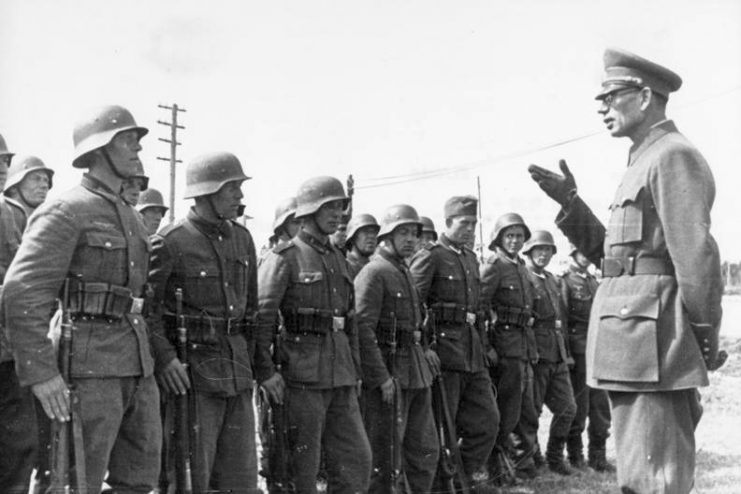
Some German units, especially among the SS, decided to stay in the city and fight on. They were joined by some Russian Liberation Amy troops, who realized that the Soviets would have no mercy upon them if they surrendered.
East of the city, the bulk of the German Army Group Centre was still at liberty, though it was close to being surrounded by the Soviets.
Late on the 9th of May, Soviet and free Czech troops reached Prague. No substantial forces remained to oppose them. The Czech resistance and ROA had seized control, and Czech and Cossack flags flew over the city.
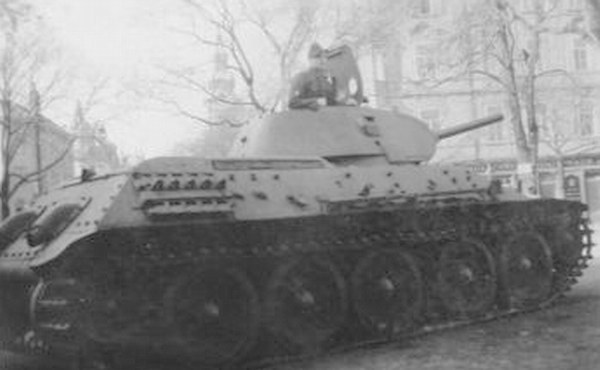
Army Group Centre continued resisting until the 11th, but the fighting for the region was effectively over. Many Germans fled west, attacked along the way by embittered Czech partisans. Others surrendered to the Soviets.
The ROA, knowing that they were regarded as traitors by the Soviets, tried to use their switching of sides to earn goodwill and a favorable surrender. They arranged with the Czech authorities to be led towards the American lines, where they could safely surrender. Instead, their officers found themselves handed over to the Soviets. Many of them were executed.
The fall of the German forces in and around Prague was the last significant fighting of the war in Europe. The caution of the resistance paid off, and they were able to liberate their city with minimal damage. This left Prague in the hands of the Soviets, who some inhabitants would come to hate every bit as much as their German oppressors.
